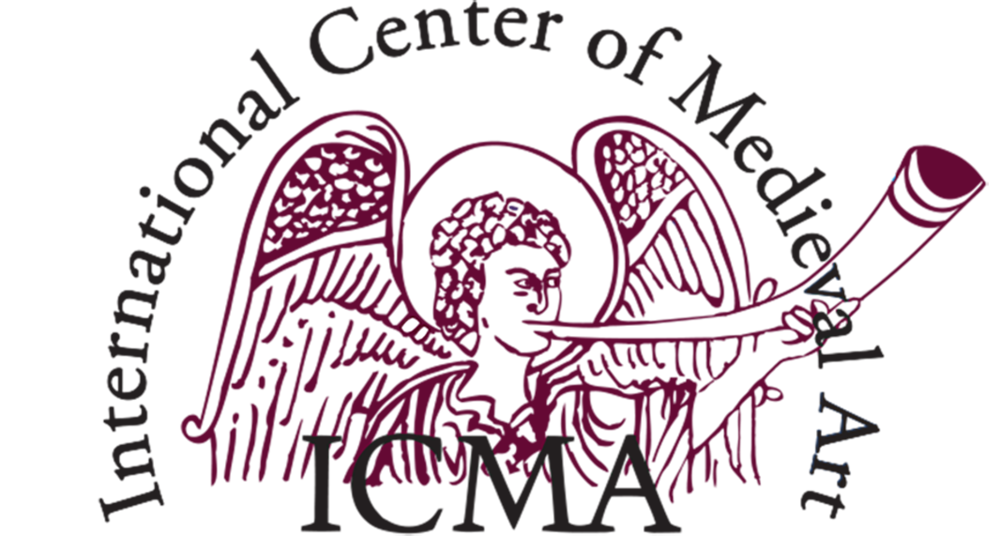Bibliography on Overview, Amiens
Abou-El-Haj, Barbara. “Building and Decorating at Reims and Amiens.” In Europäische Skulptur im 12./13. Jahrhundert, ed. H. Beck and K. Hengevoss-Dürkop, 2 vols., Frankfurt am Main, 1994, I: 763-76, and II:508-519. Click to download
Erlande-Brandenburg, Alain, La cathédrale d’Amiens (Paris, 1982).
Erlande-Brandenburg, Alain, “La façade de la cathédrale d’Amiens,” Bulletin Monumental 135 (1977): 253-93.
Durand, Georges, Monographie de l’église Notre-Dame, cathédrale d’Amiens (Paris: Picard, 1901-3).
Katzenellenbogen, Adolf, “The Prophets on the West Façade of Amiens Cathedral,” Gazette des Beaux Arts 40 (1952): 241-60.
Kimpel, Dieter and Robert Suckale, Die gotische Architektur in Frankreich, 1130–1270 (Munich: Hirmer, 1985).
Murray, Stephen, Notre-Dame, Cathedral of Amiens: The Power of Change in Gothic (Cambridge: Cambridge University Press, 1996).
Sandron, Dany, Amiens, La cathédrale (Paris: Zodiaque, 2004).
The second part of Barbara Abou-El-Haj’s book was to address the ways in which the distinct socio-political structure of the city of Amiens affected the construction of the cathedral. In Reims, the archbishop-counts and cathedral canons had sweeping spiritual economic, judicial, and political monopolies and aimed to suppress communal efforts. Amiens (Reims’s suffragan), on the other hand, was a firmly communal town, whose broad charter of liberties had been in place more than one hundred years before the chapter built its Gothic cathedral. Abou-El-Haj held that this political distinction had consequences for the cathedral project.
The communal charter of Amiens enclosed the authority of the cathedral chapter within its episcopal precinct, giving it few jurisdictions, in contrast to the sweeping resources commanded by the archbishop-count of Reims. Nonetheless, the chapter built the tallest, most refined cathedral of its day. However, while Reims was furnished with sculpture and glass unique and unmatched in quality, quantity and variety (doubled rose windows on the west, doubled galleries of kings on façade and transepts, the entire inner west covered with two-to-three-ton figures, floral and figural capitals), according to Abou-El-Haj, the conditions at Amiens produced a patchwork of innovative architecture and repetitive, summary sculpture.
Abou-El-Haj proposed that Amiens Cathedral was not built with the cooperation of the town, as scholars uniformly assert. She planned a critical re-reading of documents relevant to the cathedral and anticipated that they would show how repeated appeals to an agreement with the commune for building the new church were prompted by the bishops’ efforts to clear the cathedral clerics' confined space by relocating reluctant administrators of a hospital and parish church, retroactively invoked at crucial points in the building campaigns. Often the municipal and cathedral charters document how the commune and the clergy faced off in repeated, intensifying, sometimes lethal, jurisdictional disputes throughout the thirteenth century.
As Abou-El-Haj saw it, the commune acted aggressively to protect its own interests. At one point they sought to foreclose reparations they owed to the bishop because they violated his jurisdiction over clerks, who were summarily executed in the municipal jail. And leading burghers were accused of stealing cathedral charters and seals under cover of arson. The commune also sought to interdict encroachments upon municipal land by prohibiting a parvis in what Abou-El Haj considered to be remarkably demeaning, legalistic language (discussed in Section II, pt. 5). The cathedral parvis had to wait 600 years for the Monuments Historiques to build on land confiscated with the city’s permission (see Section III, pt. 4).
Abou-El-Haj was unable to draft the section of her text in which she considered such evidence of social tensions in relation to the fabric, design, and ornament of the cathedral. It is difficult to know exactly how she would see such tensions registered in the building itself, though she hints at the thrust of her inquiries in her 1994 article, “Building and Decorating Reims and Amiens.” In an effort to inspire analyses of Amiens Cathedral along the lines sketched by Abou-El-Haj, in this section of The Lordship and Commune Project we present the sections of her text dealing with the history of Amiens as well as a brief overview of the monument and its sculptural programs, along with bibliographies and questions.
Questions:
- How has the concept of “consensus” shaped the writing of the history of the medieval cathedrals? Are there ways of considering the interrelation of power and the funding of cathedral construction that go beyond polarities of consensus and oppression?
- How do Abou-El-Haj’s ideas about the commune of Amiens diverge from those of Stephen Murray in his 1996 monograph on Amiens? What are the stakes of each approach for our understanding of the cathedral’s architecture and visual programs?
- In the study of medieval cathedrals, is it possible to tease out correlations between economic and political constraints on the one hand, and religious and aesthetic considerations on the other? What assumptions underlie each approach? Is a more integrated approach possible?
